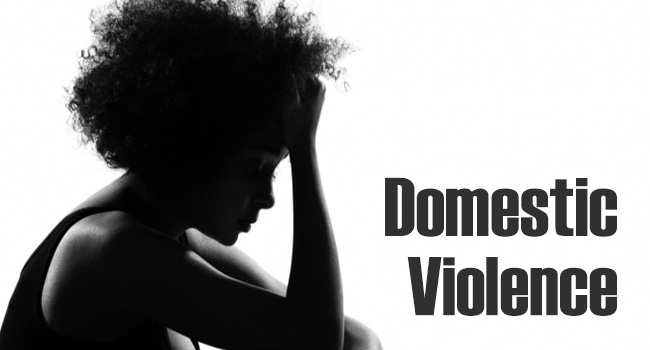Domestic Violence

Violence has largely been ignored as a public health issue and this is due to the lack of a clear definition of the problem. Notions of what is acceptable and unacceptable in terms of behavior and what constitutes harm, are culturally influenced and constantly under review as values and social norms evolve. The wide variety of moral codes throughout the world makes the topic of violence one of the most challenging and sensitive to address in a global forum. But the need to do so is urgent. An effort must be made to reach consensus and set universal standards of behavior through the elaboration of human rights in order to protect human life and dignity in our fast-changing world. There are many possible ways to define violence, depending on who is defining it and for what purpose.
The World Health Organization defines violence as the "intentional use of physical force or power, threatened or actual, against oneself, another person, or against a group or community that either results in or has a high likelihood of resulting in injury, death, psychological harm, mal-development or deprivation." The definition encompasses interpersonal violence as well as suicidal behavior and armed conflict.
It also covers a wide range of acts, going beyond physical acts to include threats and intimidation. Besides death and injury, the definition also includes the myriad and often less obvious consequences of violent behavior, such as psychological harm, deprivation and mal-development that compromise the well-being of individuals, families and communities.
In Kenya there is the Protection against Domestic Violence Bill 2013 which was enacted to provide for the protection and relief of victims of domestic violence; to provide for the protection of a spouse and any children or other dependent persons, and to provide for matters connected therewith or incidental thereto.
There has been a lack of agreement among researchers on what domestic violence means or what it should consist of and this has resulted in many different interpretations of what it is and what it constitutes. Intimate partner violence according to Krug et al refer to; "Any behavior within an intimate relationship that causes physical, psychological, economic or sexual harm"
Such behaviors include acts of physical aggression – such as slapping, hitting, kicking and beating. They also include psychological abuse which includes acts such as intimidation, constant belittling and humiliating. Sexual violence includes among others acts of forced intercourse and other forms of sexual coercion. It has also been said to include various controlling behaviors – such as isolating a person from their family and friends, monitoring their movements, and restricting their access to information or assistance'
Saltzman citing Saltzman and Fanslow et al (1999) in a bid to come up with a uniform definition breaks domestic violence into two concepts: intimate partner to include current or former spouses, same or opposite-sex partners regardless of whether they are living together, boyfriends/girlfriends, and dating partners. She defines violence "as physical violence, sexual violence, threat of physical or sexual violence, and psychological/emotional abuse that occurs in the context of prior physical or sexual violence or threats of such violence".
Saltzman and Krug's definition, although encompassing most of the types of and nature of intimate partner violence; do not mention economic abuse which in certain circumstances is identified as a form of abuse women experience
A simple definition can refer to domestic violence as marital violence which includes; "any form of coercion, power and control, physical, economic, sexual, verbal, or mental abuse perpetrated on a woman by her spouse or extended kin arising from the social relations that are created within the context of marriage."
Other people can refer to domestic violence as violence against wives, as wife abuse, and as wife beating. These definitions could be taken to relate domestic violence to the context of the home where most violence is perpetrated, and the perception that the victims are typically married women or women living with partners in the same place.
This however may not necessarily be the case given that domestic violence affects girls and women who are unmarried and who do not stay with their partners either.
In case you are in a situation and not sure if it could be described as violence, we would like to help you find out by filling a questionnaire on this issue which we hope will help raise awareness on domestic violence.


